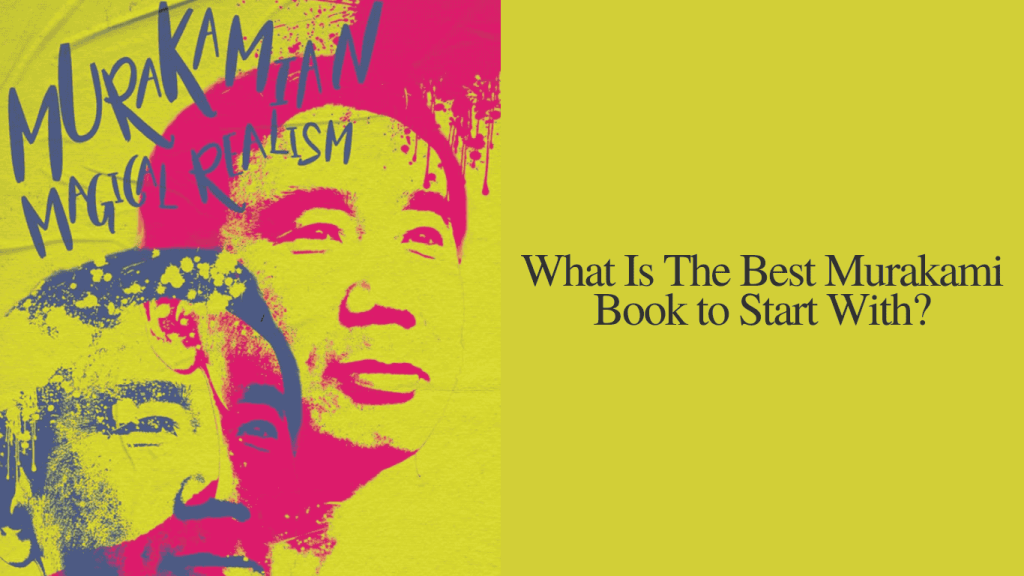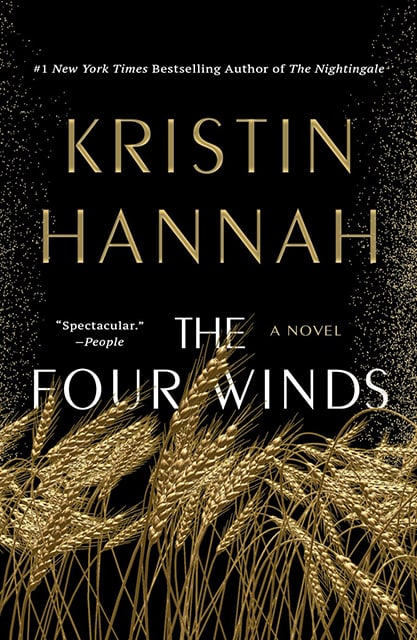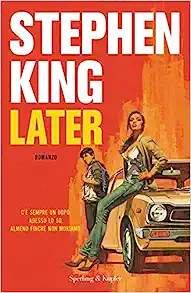Confused about which Haruki Murakami novel to pick up first? With so many mesmerizing options, it can be tough to decide where to begin. Read on to discover the ideal entry point into his fascinating world.

How Many Books has Haruki Murakami Written?
Haruki Murakami has written approximately 36 books, including 15 novels, 5 short story collections, and 5 non-fiction works.
The total number of books can vary slightly depending on how different sources count his works, including translated editions and compilations.
Murakami’s Novels:
- Hear the Wind Sing (1979)
- Pinball, 1973 (1980)
- A Wild Sheep Chase (1982)
- Hard-Boiled Wonderland and the End of the World (1985)
- Norwegian Wood (1987)
- Dance Dance Dance (1988)
- South of the Border, West of the Sun (1992)
- The Wind-Up Bird Chronicle (1994)
- Sputnik Sweetheart (1999)
- Kafka on the Shore (2002)
- After Dark (2004)
- 1Q84 (2009–2010, released in three parts)
- Colorless Tsukuru Tazaki and His Years of Pilgrimage (2013)
- Killing Commendatore (2017)
- The City and Its Uncertain Walls (2023)
Short Story Collections:
- The Elephant Vanishes (1993)
- After the Quake (2000)
- Blind Willow, Sleeping Woman (2006)
- Men Without Women (2014)
- First Person Singular (2020)
Non-Fiction:
- Underground (1997)
- What I Talk About When I Talk About Running (2007)
- Absolutely on Music: Conversations with Seiji Ozawa (2011)
- Novelist as a Vocation (2015)
- Murakami T: The T-Shirts I Love (2021)
Short Stories (selected) and Others:
- Birthday Girl (2002)
- The Seventh Man (1996)
- The Strange Library (1983)
- The Second Bakery Attack (1986)
- On Seeing the 100% Perfect Girl One Beautiful April Morning (1981)
- Tony Takitani (1996)
- A Slow Boat to China (1983)
- Lexington Ghosts (2010)
- Samsa in Love (2019)
- The Dancing Dwarf (1984)
- Where I’m Likely to Find It (2019)
Other Works:
- Wind/Pinball (2015) – Combined edition of Hear the Wind Sing and Pinball, 1973.
- Murakami Radio (2001) – A collection of essays about music and life.
- Birthday Stories (2002) – A collection of short stories edited by Murakami.
What Is The Best Murakami Book to Start With?
If you’re new to Haruki Murakami, a great starting point is “Norwegian Wood.”
“Norwegian Wood” follows Toru Watanabe, a college student who is dealing with love, loss, and the complexities of adulthood. The story is largely focused on his relationships with two very different women: Naoko, a troubled girl with whom he shares a deep but complicated connection, and Midori, a lively and independent classmate who brings light into his life. Naoko’s struggles with mental illness are central to the story.
Why It’s a Good Starting Point:
Accessibility: This novel is relatively straightforward compared to some of his other works. It does not involve the extensive magical elements found in works like “1Q84” or “Kafka on the Shore.” Its accessible narrative makes it a great introduction to new readers.
Emotional Depth: The novel focuses heavily on relationships and emotional experiences. It allows readers to connect with the characters on a personal level. Its exploration of love, loss, and identity provides a rich introduction to Murakami’s thematic concerns.
Memory and Nostalgia: The narrative structure, which shifts between past and present, reflects the theme of how memories shape our identity and experiences.
Cultural Context: Set against the backdrop of 1960s Japan, the novel provides insight into the cultural and social climate of the time, offering an interesting perspective on Japanese history and society.
If you’re interested in Murakami’s signature magical realism and complex narrative, “Kafka on the Shore” or “The Wind-Up Bird Chronicle.” are excellent choices. Both novels show Murakami’s talent for mixing the ordinary with the extraordinary.
- “Kafka on the Shore” tells two intertwined stories. One is about Kafka Tamura, a fifteen-year-old boy who runs away from home with a mysterious past and faces strange events. The other is about Nakata, an older man who has lost his memory but has a unique ability to communicate with cats. The book mixes everyday life with magical elements, like talking animals and enigmatic phenomena. It explores deep themes like identity and fate.
- “The Wind-Up Bird Chronicle” follows Toru Okada, a man whose wife, Kumiko disappears. As he searches for her, he encounters many unusual and magical events that blur the lines between reality and the fantasy. The novel explores themes of consciousness, existence, and the nature of reality and the mind. Murakami uses his imaginative style to create a rich and engaging read.
Are Murakami Books Connected?
Haruki Murakami’s books are often connected, though not in a strict, sequential manner.
Many of his novels deal with themes like loneliness, love, and searching for meaning. For example, Norwegian Wood focuses on loneliness and love, while Kafka on the Shore explores the search for identity and meaning.
Shared settings also contribute to the sense of continuity in Murakami’s novels. Many of his books often set his stories in the same cities, like Tokyo or Kyoto. For instance, 1Q84 and Tokyo Blues both take place in Tokyo. This shared setting gives readers a familiar backdrop and links the stories together.
While his books aren’t sequels, you can find similar types of characters in different novels. Writers, musicians, and people who experience strange events often appear. For example, the main character in The Wind-Up Bird Chronicle is a writer, and there is a mysterious musician in Dance Dance Dance.
In summary, although Murakami’s books stand alone, they share common themes, settings, and magical elements that make them feel connected.
How to Read Murakami in Order?
Murakami’s books do not require a specific reading order. You can start with any book that catches your interest.
However, if you’re looking for a suggested path, here’s a recommended approach:
Start with His Most Acclaimed Works
Begin with Murakami’s most popular novels to get a taste of his celebrated storytelling:
- Norwegian Wood (1987)
- Kafka on the Shore (2002)
- 1Q84 (2009)
Explore His Early Works
For a deeper understanding of his development as a writer:
- Hear the Wind Sing (1979)
- Pinball, 1973 (1980)
- A Wild Sheep Chase (1982)
Dive into His Short Stories
Short story collections are a great way to appreciate Murakami’s varied storytelling:
- The Elephant Vanishes (1993)
- Men Without Women (2014)
Engage with His Non-Fiction and Essays
Gain insight into Murakami’s thoughts and interests outside of fiction:
- What I Talk About When I Talk About Running (2007)
- Absolutely on Music (2011)
Reading His Works in Chronological Order
For a comprehensive view of his literary evolution:
- Hear the Wind Sing (1979)
- Pinball, 1973 (1980)
- A Wild Sheep Chase (1982)
- Dance Dance Dance (1988)
- Norwegian Wood (1987)
- The Wind-Up Bird Chronicle (1994)
- Kafka on the Shore (2002)
- 1Q84 (2009)
- Colorless Tsukuru Tazaki and His Years of Pilgrimage (2013)
- Killing Commendatore (2017)
Read According to Thematic Interest
Pick your reads based on what fascinates you most:
- Magical Realism: The Wind-Up Bird Chronicle, Kafka on the Shore.
- Love and Relationships: Norwegian Wood, Colorless Tsukuru Tazaki and His Years of Pilgrimage.
- Mysticism and the Supernatural: 1Q84, Killing Commendatore.
Conclusion
There’s no one-size-fits-all approach to reading Haruki Murakami. The best book to start with depends on what you enjoy.
If you like emotional stories, try Norwegian Wood. For a mix of reality and dreams, Kafka on the Shore is a great pick. If you’re interested in a blend of history and fantasy, go for 1Q84.
Each book offers something unique, so pick the one that sounds most interesting to you and enjoy.


